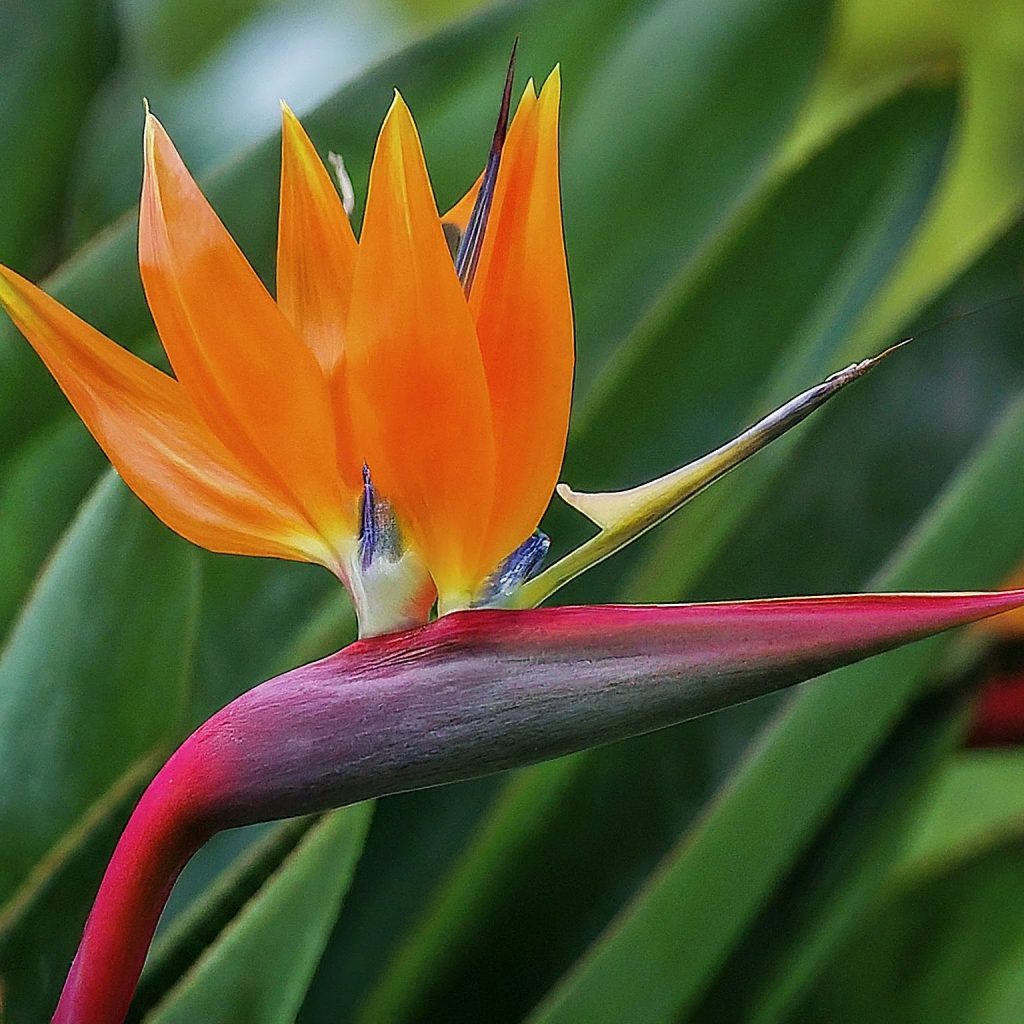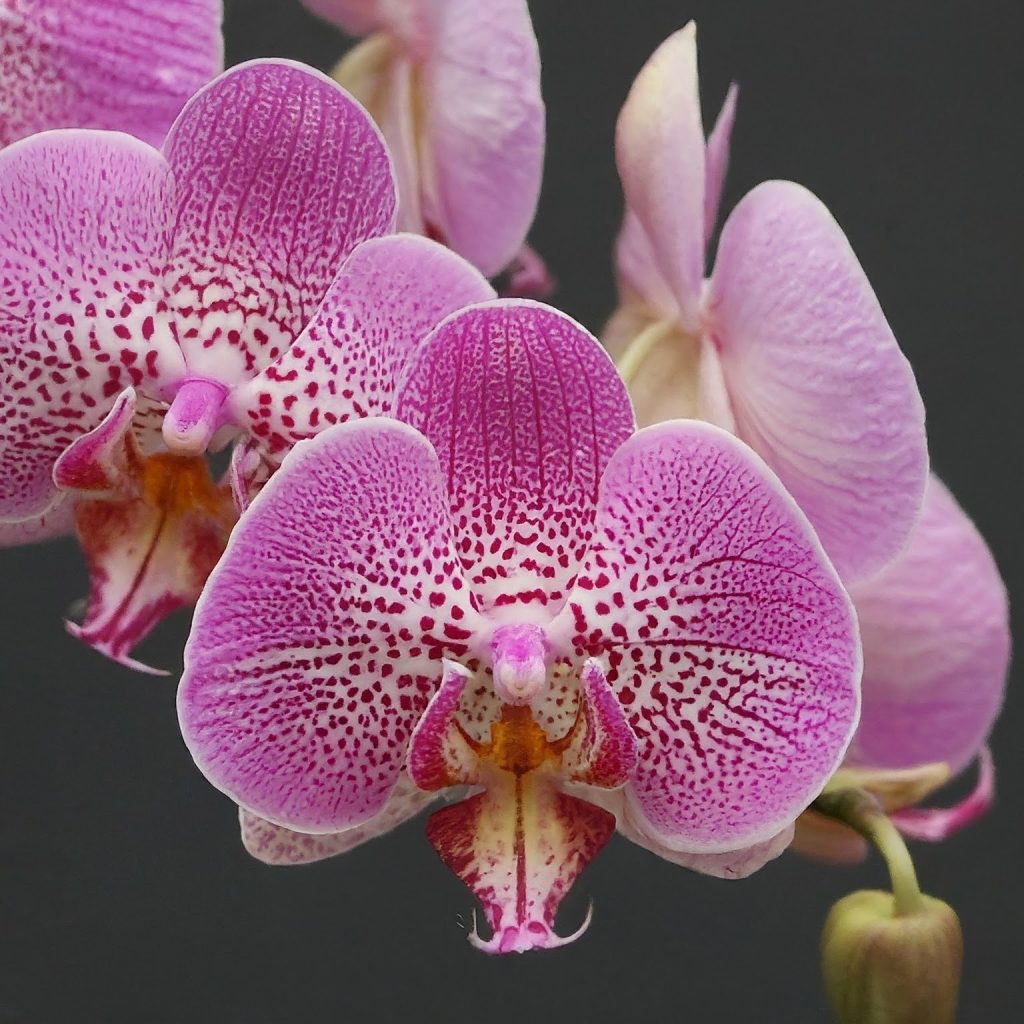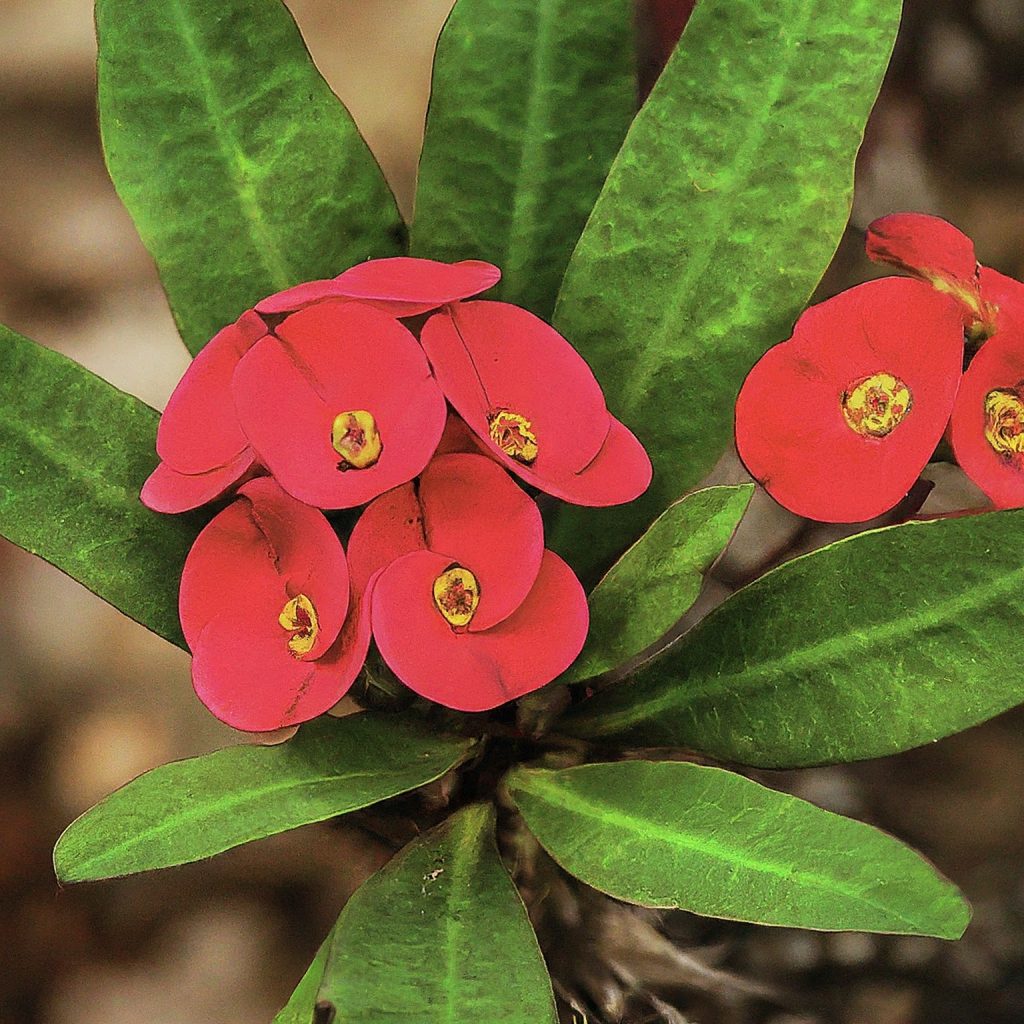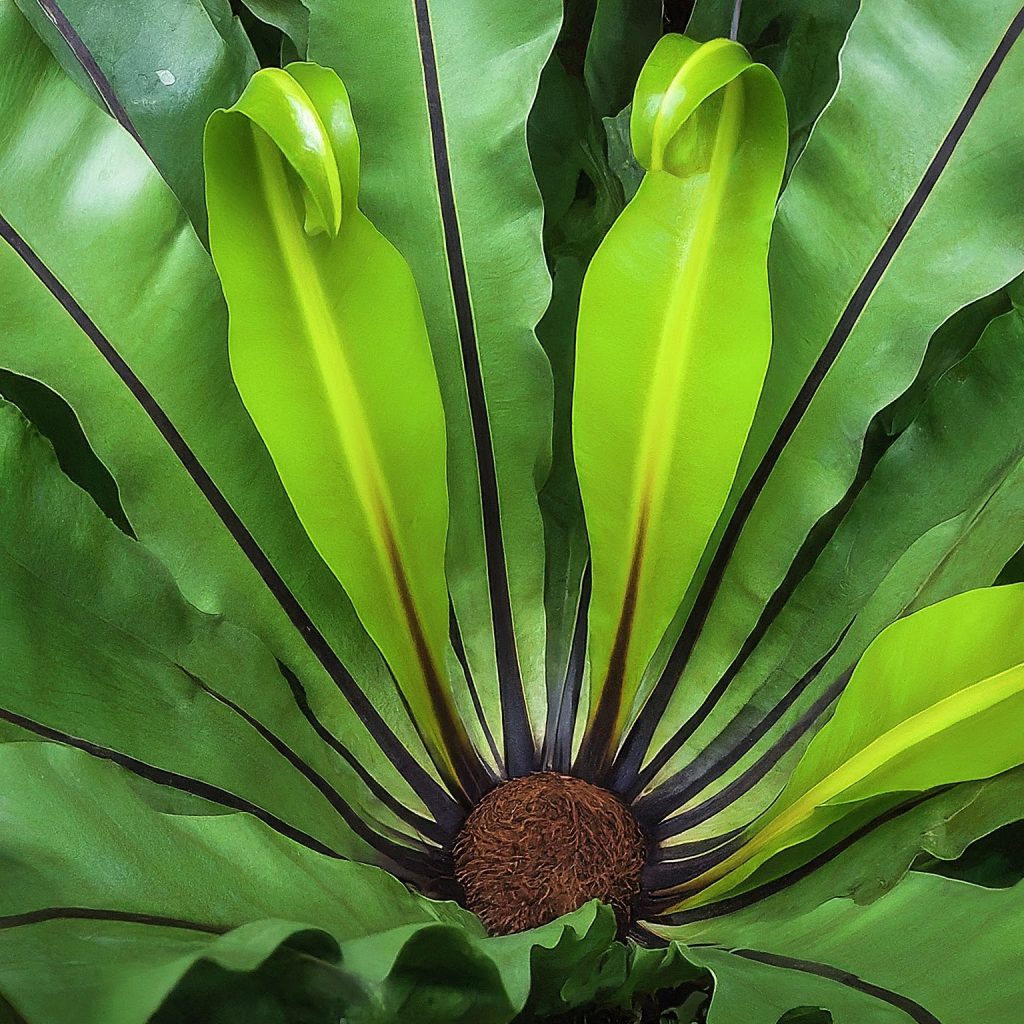Nature has always been the ultimate master of mimicry, which is the art of imitating something else. Flowers and plants have evolved in a variety of ways to mimic animals, with flowers and plants that resemble birds being one of the most fascinating examples. This article will highlight some of the most fascinating and beautiful examples of these flora.
Flowers That Looks Like Birds
Bee Orchid
The Bee Orchid is a type of orchid native to Europe that looks like a bee. The petals and sepals of the flower have evolved to resemble a female bee, complete with a furry body and a long, slender “tongue” that mimics the proboscis of the bee. This mimicry attracts male bees, who attempt to mate with the flower and inadvertently transfer pollen.

Parrot Flower
The Parrot Flower, also known as the Parrot’s Beak, is a South American plant with the appearance of a parrot. The flower’s bright red and yellow petals are reminiscent of a parrot’s beak and head, while the green sepals are reminiscent of its feathers. This mimicry is thought to attract pollinators like hummingbirds and butterflies.

Flying Duck Orchid
The Flying Duck Orchid is an Australian orchid that resembles a duck in flight. The petals and sepals of the flower are shaped like duck wings, and the central column is shaped like a duck’s head. This mimicry is used to attract male sawflies, who are duped into attempting to mate with the flower and thereby transferring pollen.

Dove Orchid
The Dove Orchid, also known as the Holy Ghost Orchid (Peristeria elata), is a captivating flowering plant hailing from Central and South America. This epiphytic orchid, meaning it grows on other plants in the wild, boasts a majestic presence reaching up to 3 feet tall. Its most striking feature lies in the dazzling flowers. Each bloom, adorned in waxy white, boasts three broad petals and a central column that takes the form of a dove in flight. This unique dove-like shape is what truly sets the Dove Orchid apart. Adding to its charm, the flowers emit a delightful sweet and citrusy fragrance that can last for several weeks. However, cultivating this beauty requires some expertise as it thrives in warm and humid environments, making it a bit more challenging for some growers.

Plants That Looks Likes Birds
Moth orchids
Moth orchids, named for their moth-like blooms, are popular houseplants known for their beauty and easy care. These colorful epiphytes (air plants) thrive in bright, indirect sunlight and well-draining orchid mix. With proper watering, their stunning flowers can last for months, making them lovely and long-lasting additions to your home.

Flamingo Flower
The Flamingo Flower, also known as the Laceleaf, is a South American flowering plant that resembles a flamingo. The plant’s large, bright pink flowers resemble the head and beak of a flamingo, while its long, slender stems resemble its neck. This mimicry attracts pollinators like hummingbirds and butterflies.

Crown of Thorns
The Crown of Thorns, also known as the Christ Plant, is a succulent native to Madagascar that looks like a thorny crown. The plant’s long, spiny stems look like a crown of thorns, and its small, delicate flowers look like drops of blood. This mimicry is thought to function as both a warning to herbivores and a defense mechanism against predators.

Bird’s Nest Fern
The Bird’s Nest Fern is a type of fern that looks like a bird’s nest and is native to tropical regions around the world. The fronds of the plant grow in a circular pattern, forming a nest-like structure, and the spores resemble small bird eggs. This mimicry is thought to protect the fern’s spores and attract pollinators like birds.

Finally, flowers and plants that look like birds are an amazing example of nature’s mimicry. These flora, which range from the Bee Orchid to the Bird’s Nest Fern, serve a variety of functions and highlight our planet’s incredible biodiversity. Plant mimicry is an important and awe-inspiring aspect of the natural world, whether it is used to attract pollinators or to protect against predators.
